Besides Yerevan, the only other things we had time to see in our extremely short sojourn in Armenia were two monasteries.
Haghbat Monastery (975AD)
This is a medieval monastery complex with several structures, the largest of which is the cathedral of Surb Nishan. With its dome supported by 4 large pillars, it is a typical example of 10th century Armenian religious architecture, in fact, the entire site has been recognized by UNESCO for its architecture.
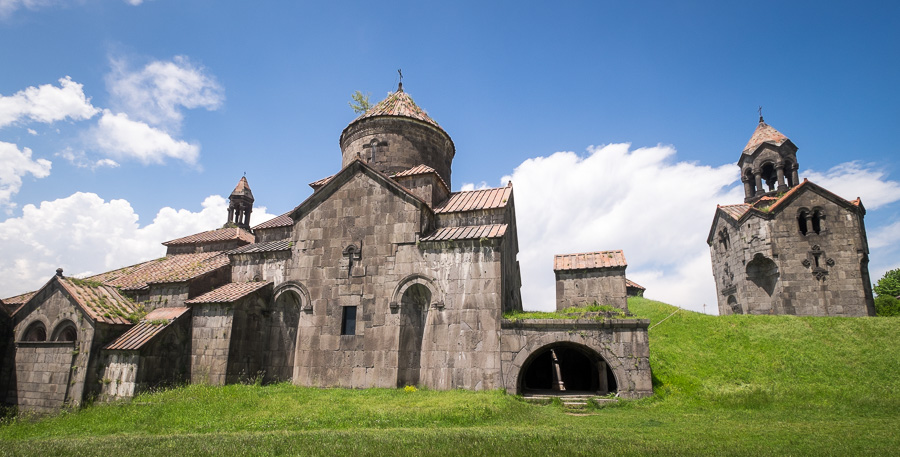
There are tombs in the entranceway
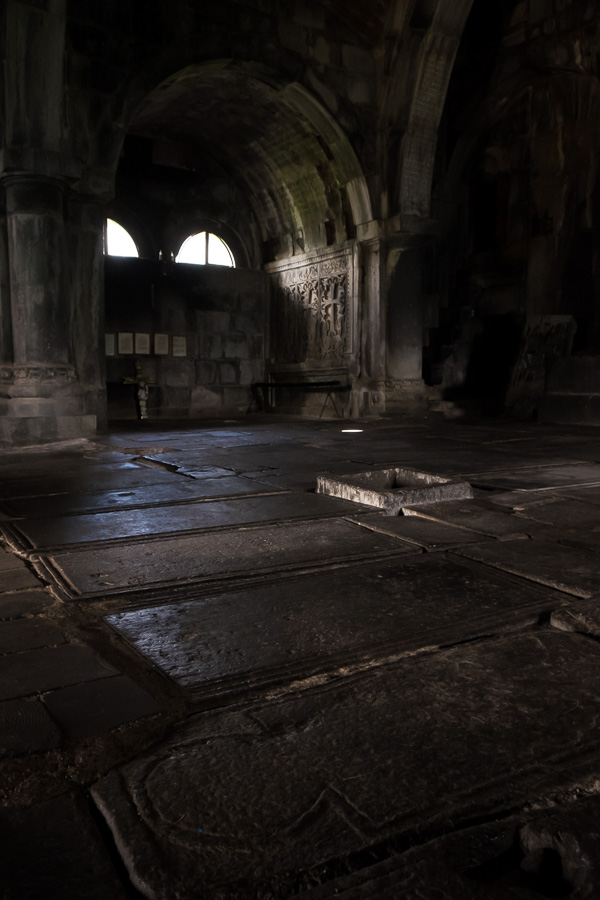
And a fresco of Christ Pantocrator inside
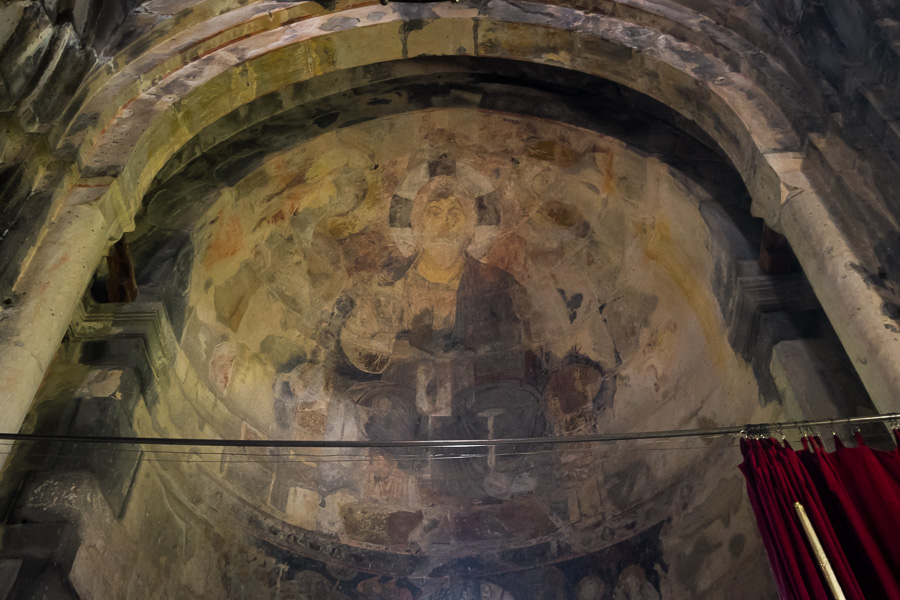
Huge numbers of crosses of all different styles are carved into the stones in the outer walls around the monastery site

And there are several examples of Chachkars (Armenian cross-stones) from the 11-13th centuries scattered around, including one of the famous Saviour Chachkars.
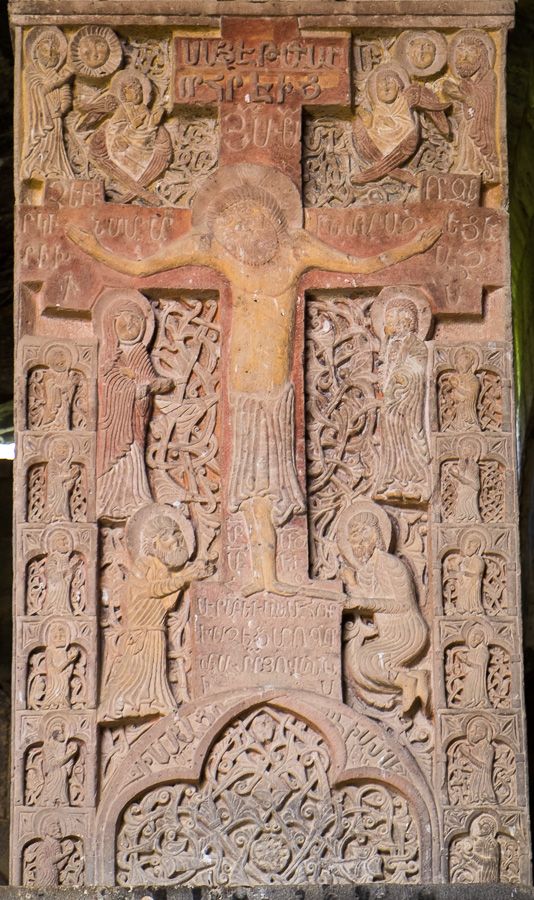
The free-standing bell-tower dates from 1245

But for me, the most beautiful part was the Church of St Gregory (1005). I love how the light and shadow are playing here.

Khor Virap
Standing in the shadows of Mt Ararat, Khor Virap is one of the key pilgrimage sites in Armenia, as it was here that the Christian, Grigor Lusavorich (Gregory the Illuminator), was imprisoned in a pit for 13 years by King Tiridates III.
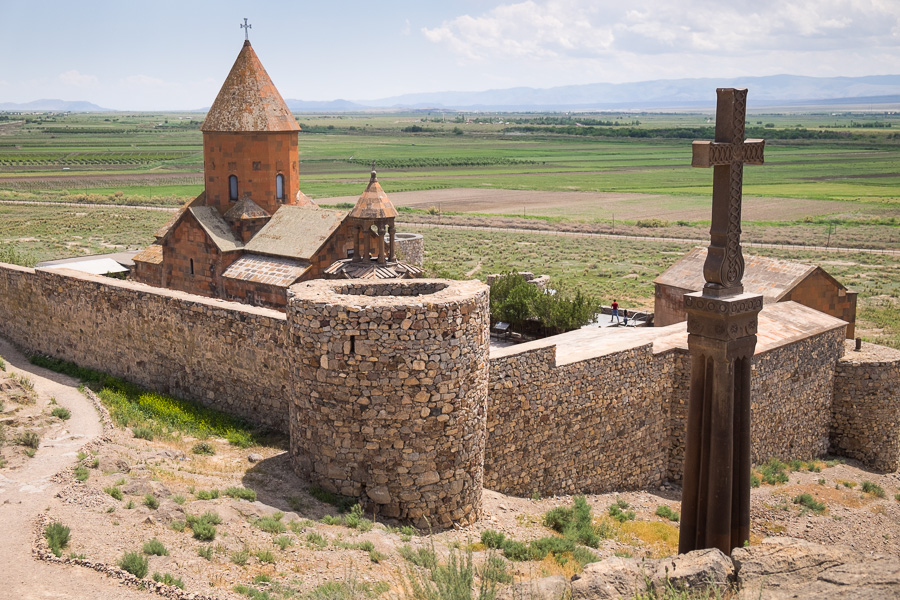
Grigor was forgotten, presumed dead, and the King went on to persecute Christians (the King himself was a pagan) before going mad due to being spurned by the girl he wanted to marry.
However, thanks to the efforts of a local Christian widow who regularly lowered food and water down the pit, Grigor did not die, and it turned out that, according to repeated visions that the King’s sister had, the only way to bring the King out of his madness was for Grigor to be set free.
Grigor was subsequently released, and King Tiridates III was cured and embraced Christianity thanks to Grigor’s intervention. From this event, Armenia became the first state to adopt Christianity as its religion in 301AD.
One of the key sites at Khor Virap is, of course, the pit where Grigor was imprisoned. 6m deep and 4.4m in diameter, you have to climb down a ladder to access it. There’s not much down there … it must have been a pretty miserable 13 years!
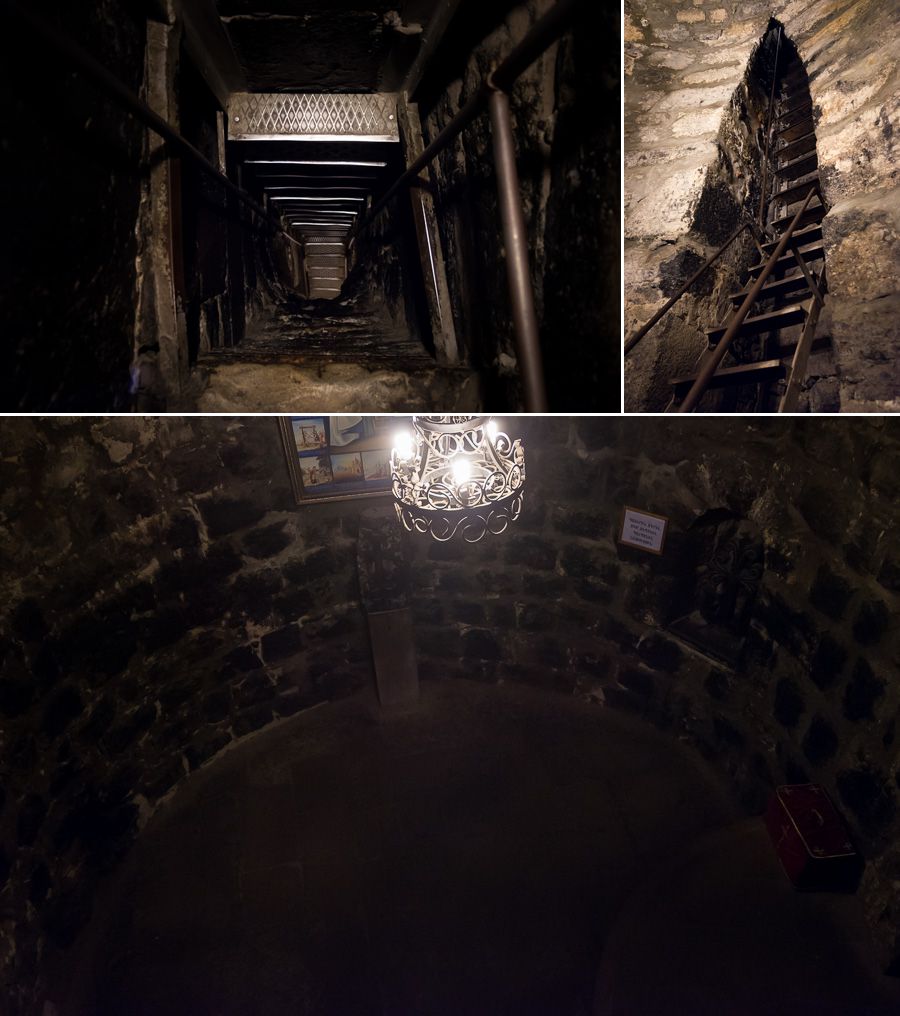
The other main attraction is the St Astvatsatsin Temple – a working church (women must wear a headscarf) where I managed to catch a small part of a service taking place.

Unfortunately, by the time we arrived at Khor Virap on the day we visited, Mt Ararat was well and truly covered in clouds – it must be an amazing sight with blue skies!
